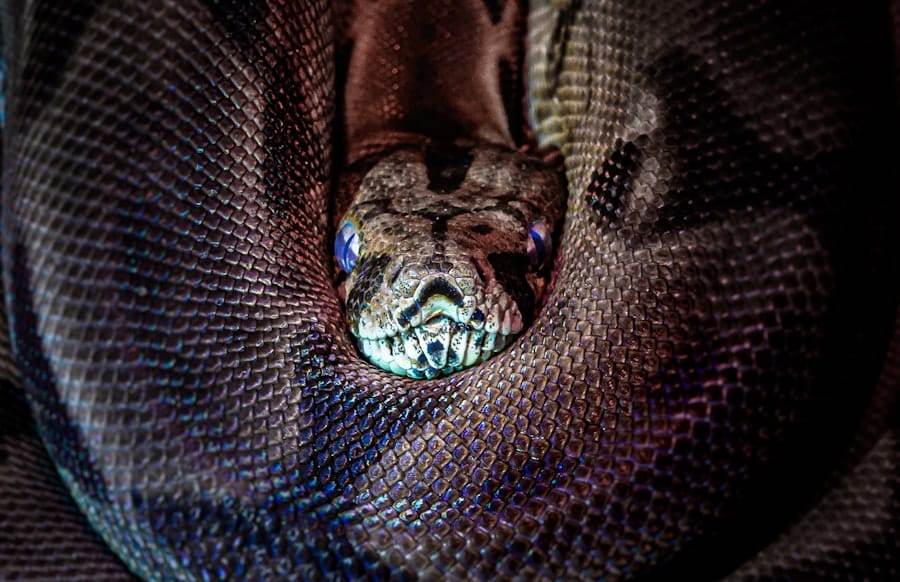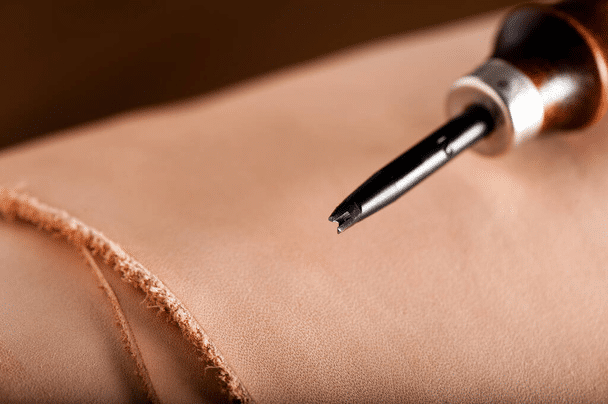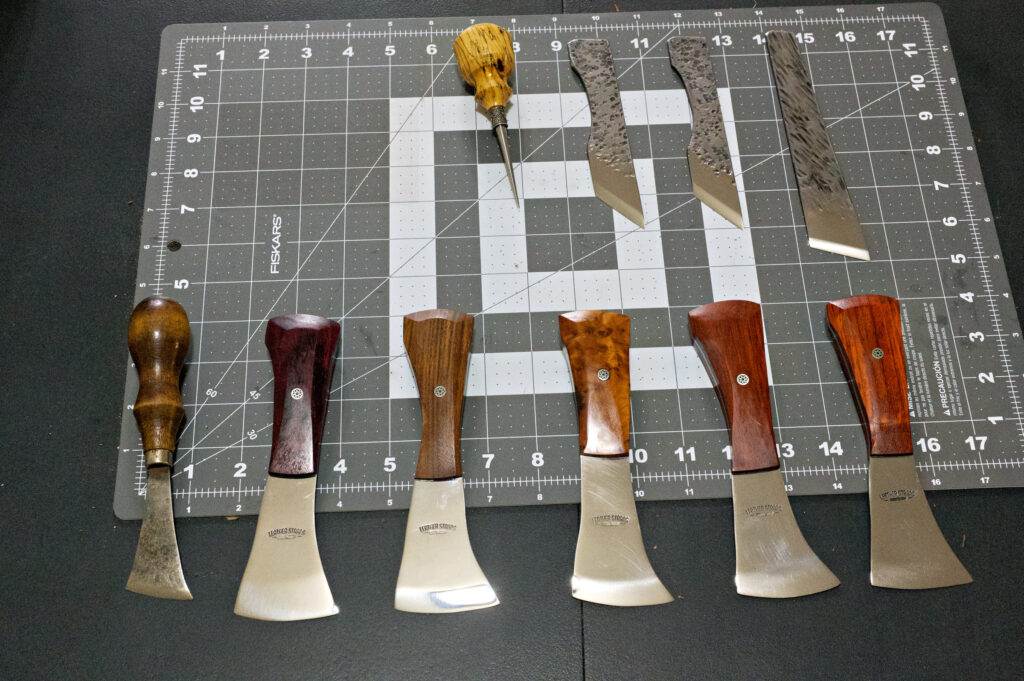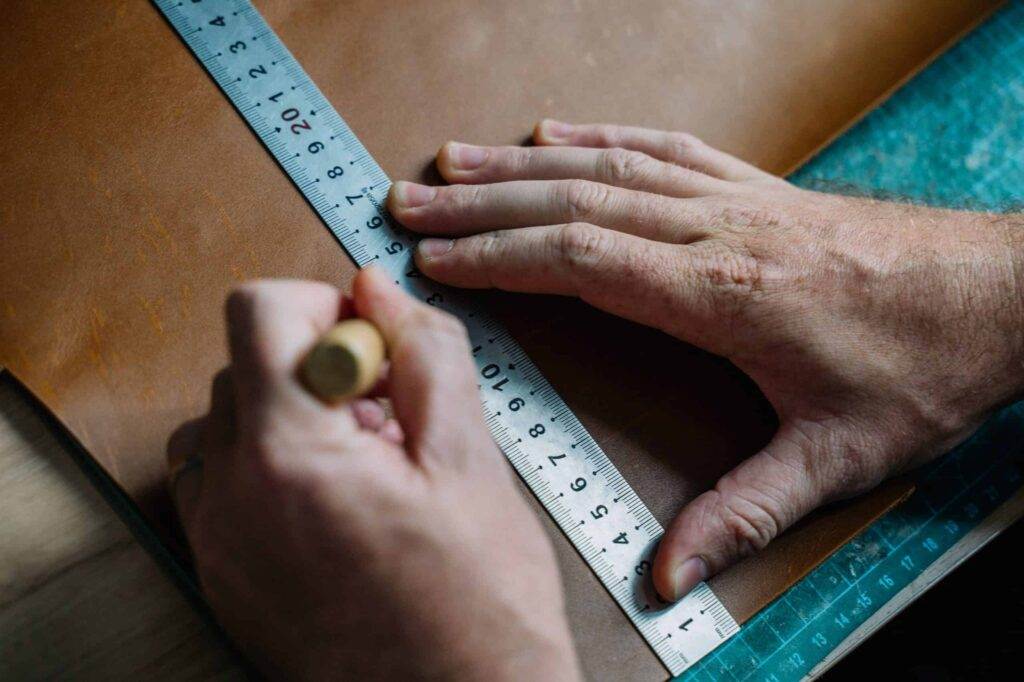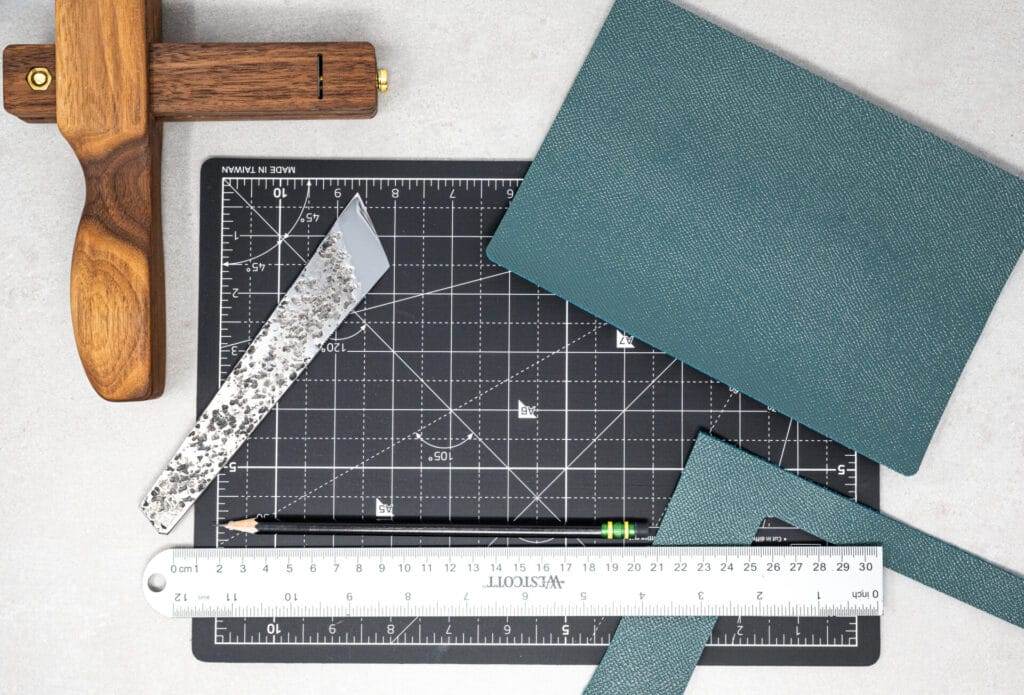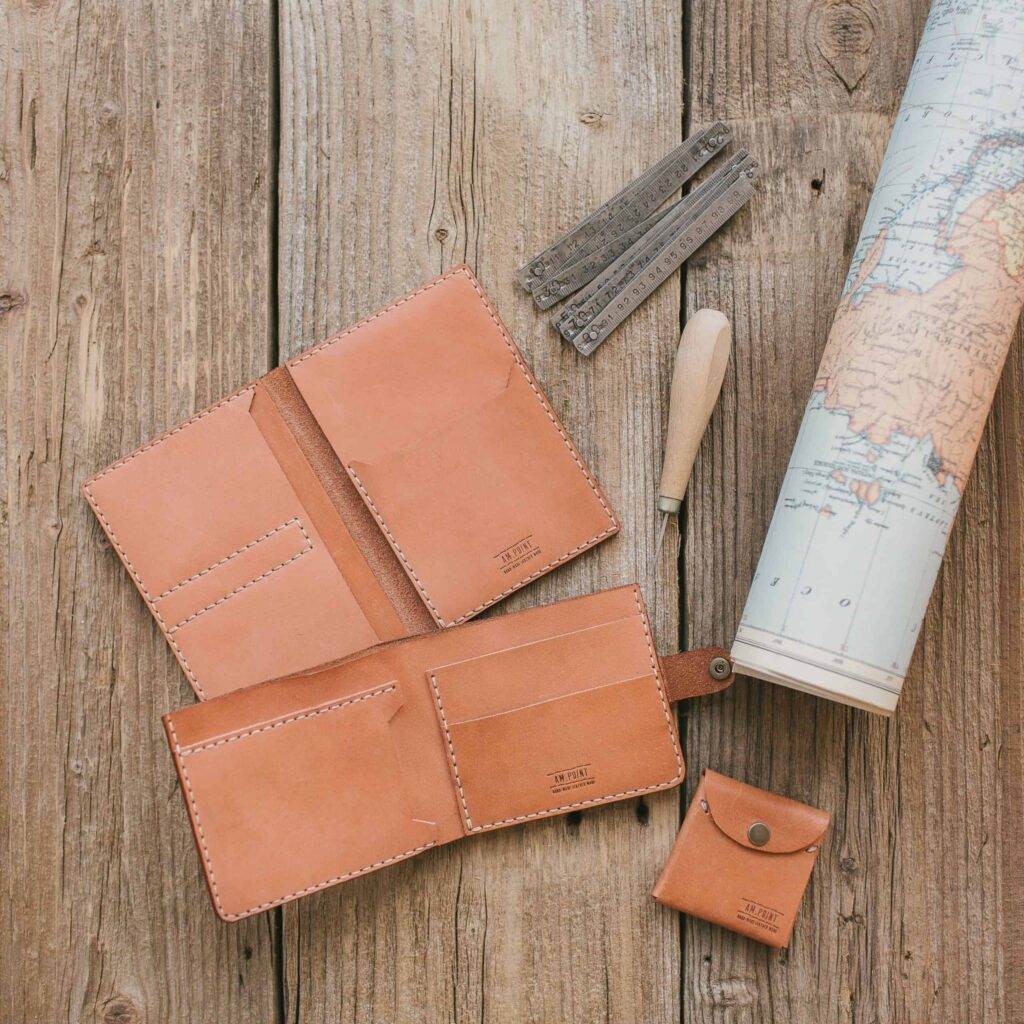Working with Exotic Leathers in Leathercraft
Exotic leathers are prized for their unique textures, colors, and patterns, setting them apart from traditional leather types. Among the most sought-after varieties are alligator, crocodile, ostrich, and snake leather. Each type possesses distinct characteristics that can significantly influence the final product’s aesthetic and functional qualities.
For instance, alligator leather is known for its luxurious appearance and durability, making it a popular choice for high-end handbags and accessories. Its distinctive scale pattern adds an element of sophistication that is hard to replicate with other materials. Crocodile leather, while similar to alligator, often features a more pronounced texture and a slightly different scale arrangement.
This leather is also highly durable and is frequently used in luxury goods. Ostrich leather, on the other hand, is recognized for its unique quill pattern, which gives it a soft, supple feel. It is often used in fashion items and accessories due to its lightweight nature and striking appearance.
Snake leather, with its elongated scales and vibrant colors, offers a more exotic look that appeals to those seeking something truly unique. Understanding these differences is crucial for artisans and designers who wish to select the right material for their projects.
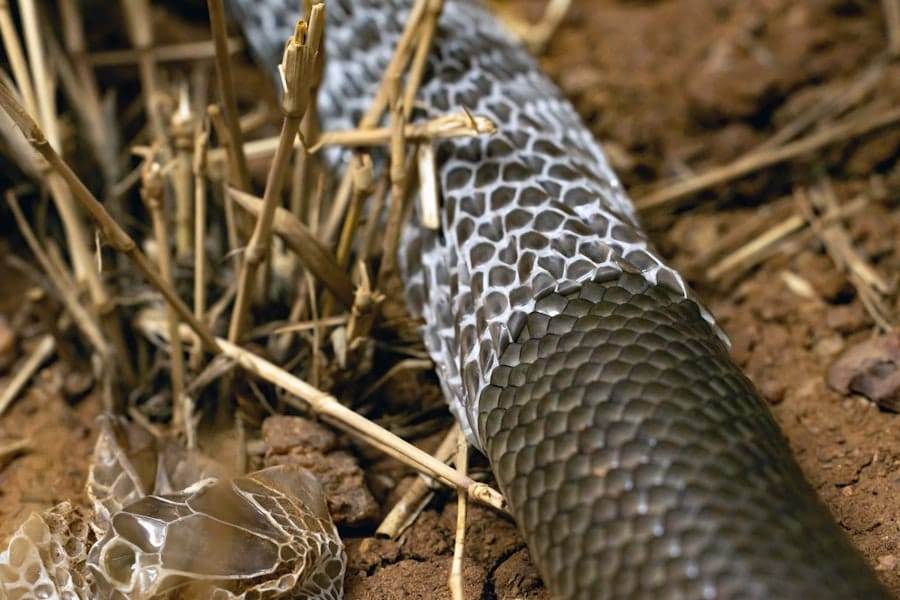
Key Takeaways
- Exotic leathers include crocodile, snake, ostrich, and stingray, each with unique characteristics and challenges for working with them.
- Specialized tools such as skiving knives, bone folders, and edge creasers are essential for working with exotic leathers due to their unique textures and thicknesses.
- Consider the intended use and durability of the leather when choosing an exotic leather for your project, as well as the availability and ethical considerations.
- Preparing exotic leather for leathercraft involves careful cutting, skiving, and edge finishing to ensure a professional and durable result.
- Common challenges when working with exotic leathers include stretching, tearing, and finishing, but these can be overcome with proper techniques and patience.
Tools and Techniques for Working with Exotic Leathers
When it comes to working with exotic leathers, having the right tools is essential for achieving professional results. Specialized knives, such as those crafted by LeatherStraps.org, are designed to handle the unique properties of these materials. A sharp, precise knife is vital for cutting through the tough exterior of exotic leathers without causing damage.
Additionally, tools like edge tools, prying tools, and stitching awls are indispensable for creating clean seams and finishing edges. Techniques for working with exotic leathers can vary significantly from those used with traditional leathers. For example, due to the unique grain patterns and thicknesses of exotic leathers, artisans often need to adjust their cutting and stitching techniques.
It is advisable to practice on scrap pieces before committing to a final project. Techniques such as wet forming or molding can also be employed to enhance the leather’s natural characteristics, allowing artisans to create custom shapes that highlight the material’s beauty.
Choosing the Right Exotic Leather for Your Project
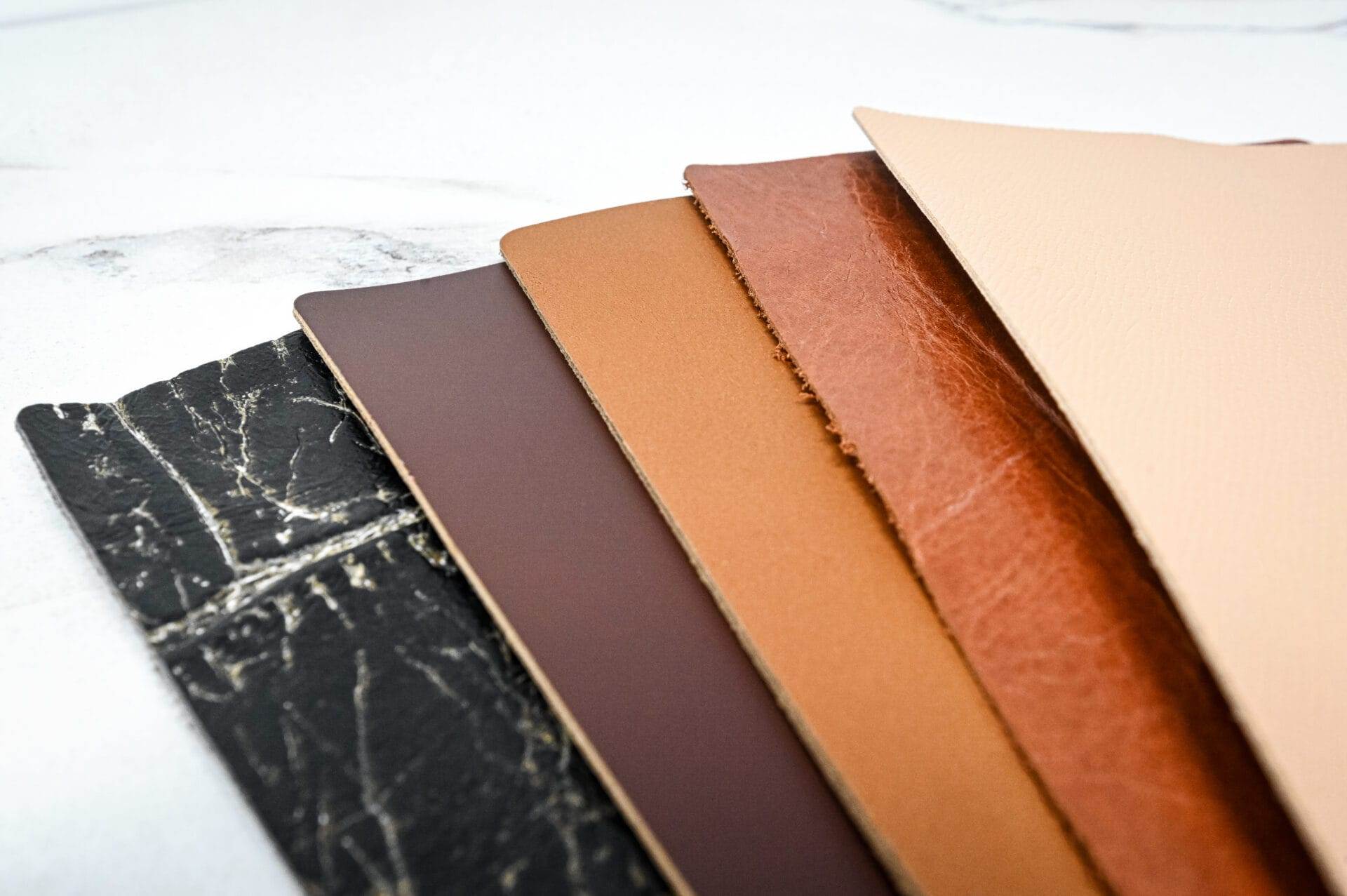
Selecting the appropriate exotic leather for a specific project requires careful consideration of both aesthetic and functional factors. The intended use of the item plays a significant role in this decision-making process. For example, if creating a handbag that will be subjected to daily wear and tear, opting for a more durable leather like alligator or crocodile may be wise.
Conversely, if the project is a decorative piece or an accessory that will not see heavy use, lighter options like ostrich or snake leather could be more suitable. Another important aspect to consider is the color and pattern of the leather. Exotic leathers come in a wide range of hues and finishes, from natural tones to vibrant dyed options.
The choice of color can greatly influence the overall design and appeal of the finished product. Additionally, artisans should consider how the leather’s texture will complement other materials used in the project. By thoughtfully selecting the right type of exotic leather, creators can ensure that their final product not only meets functional requirements but also stands out aesthetically.
Preparing Exotic Leather for Leathercraft
Proper preparation of exotic leather is crucial for achieving optimal results in any leathercraft project. The first step typically involves cleaning the leather to remove any dust or oils that may have accumulated during storage. A soft cloth or sponge dampened with water can be used for this purpose; however, it is essential to avoid saturating the leather, as excessive moisture can lead to damage.
Once cleaned, artisans should assess the leather for any imperfections or irregularities that may affect the final product. This includes checking for scars, blemishes, or uneven thicknesses. Depending on the project requirements, it may be necessary to trim or sand down certain areas to achieve a uniform surface.
Additionally, conditioning the leather with a suitable product can help maintain its suppleness and prevent cracking during the crafting process. By taking these preparatory steps seriously, artisans can set themselves up for success in their leathercraft endeavors.
Common Challenges and How to Overcome Them
Working with exotic leathers presents unique challenges that can test even experienced artisans. One common issue is the difficulty in cutting these materials cleanly due to their varying thicknesses and textures. To overcome this challenge, it is advisable to use specialized cutting tools designed specifically for exotic leathers.
Additionally, taking time to practice cutting techniques on scrap pieces can help build confidence and skill before tackling the final project. Another challenge often encountered is stitching exotic leathers, which can be more delicate than traditional leathers. The risk of tearing or damaging the material during stitching is heightened if improper techniques are employed.
To mitigate this risk, artisans should use appropriate needles and threads designed for use with exotic leathers. Furthermore, employing techniques such as hand-stitching can provide greater control over the process and help ensure a secure seam without compromising the integrity of the material.
Finishing and Caring for Exotic Leather Projects
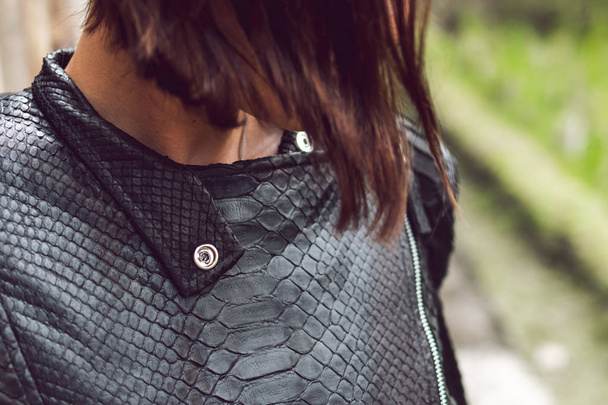
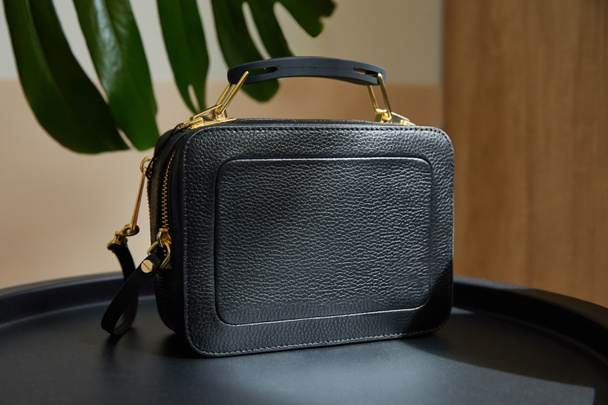
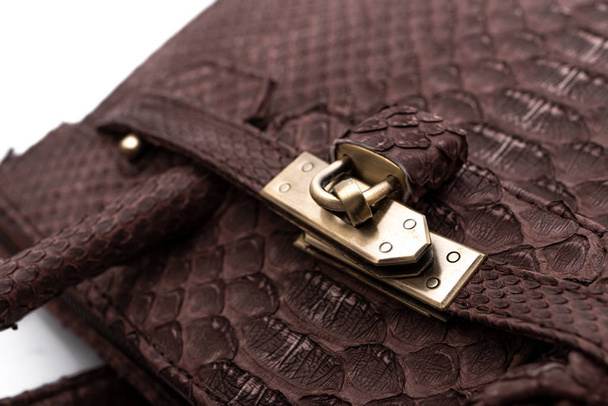
The finishing touches on an exotic leather project are what truly bring it to life. This stage involves applying dyes or finishes that enhance the natural beauty of the leather while providing protection against wear and tear. It is essential to choose products specifically formulated for exotic leathers to avoid damaging their unique properties.
For instance, using a high-quality conditioner can help maintain suppleness while preventing cracking over time. Caring for finished exotic leather products is equally important to ensure their longevity. Regular cleaning with a soft cloth can help remove dirt and oils that accumulate during use.
Additionally, applying a protective spray designed for exotic leathers can provide an extra layer of defense against stains and moisture. By following these care guidelines, artisans can ensure that their creations remain beautiful and functional for years to come.
Ethical Considerations When Working with Exotic Leathers
As interest in exotic leathers grows within the crafting community, so too do ethical considerations surrounding their use. It is crucial for artisans to be aware of sourcing practices and ensure that their materials come from reputable suppliers who adhere to sustainable practices. This includes verifying that animals are sourced legally and ethically, as well as considering the environmental impact of harvesting these materials.
Moreover, artisans should educate themselves about regulations governing the trade of exotic leathers in their region. Many countries have strict laws regarding the importation and sale of certain types of exotic skins to protect endangered species. By being informed about these regulations and making conscious choices about sourcing materials, artisans can contribute positively to the industry while creating beautiful products.
Tips for Selling and Marketing Exotic Leather Products
Successfully selling and marketing exotic leather products requires a strategic approach that highlights their unique qualities while appealing to potential customers’ desires for luxury and exclusivity. One effective strategy is to create compelling narratives around each piece, emphasizing its craftsmanship and the story behind its creation. This storytelling approach can help customers connect emotionally with the product, making them more likely to make a purchase.
Utilizing social media platforms can also be an effective way to showcase exotic leather creations. High-quality images that capture the intricate details of each piece can attract attention and generate interest among potential buyers. Engaging with followers through behind-the-scenes content or tutorials on caring for exotic leather products can further enhance customer loyalty and encourage repeat business.
By combining storytelling with effective marketing strategies, artisans can successfully promote their exotic leather creations in a competitive marketplace.
FAQs
What are exotic leathers?
Exotic leathers are derived from non-traditional animal hides such as alligator, crocodile, ostrich, snake, and stingray. These leathers are known for their unique textures, patterns, and durability.
How are exotic leathers different from traditional leathers?
Exotic leathers differ from traditional leathers in terms of their source animals, textures, and patterns. They are often more expensive and require specialized techniques for working with them.
What are the common challenges when working with exotic leathers?
Common challenges when working with exotic leathers include their unique textures, thickness, and the need for specialized tools and techniques. Additionally, exotic leathers may require specific care and maintenance to preserve their quality.
What are some popular items made with exotic leathers?
Exotic leathers are commonly used to make luxury goods such as handbags, wallets, belts, shoes, and watch straps. They are also used in high-end automotive and furniture upholstery.
Are there any ethical considerations when working with exotic leathers?
Ethical considerations when working with exotic leathers include ensuring that the source animals are legally and sustainably harvested. It is important to be aware of and comply with regulations regarding the trade and use of exotic leathers.
What are some tips for working with exotic leathers in leathercraft?
Tips for working with exotic leathers include using specialized tools and equipment, practicing on scrap pieces before working on the final product, and following specific care instructions to maintain the quality of the leather. Additionally, it is important to stay informed about regulations and ethical considerations related to exotic leathers.

